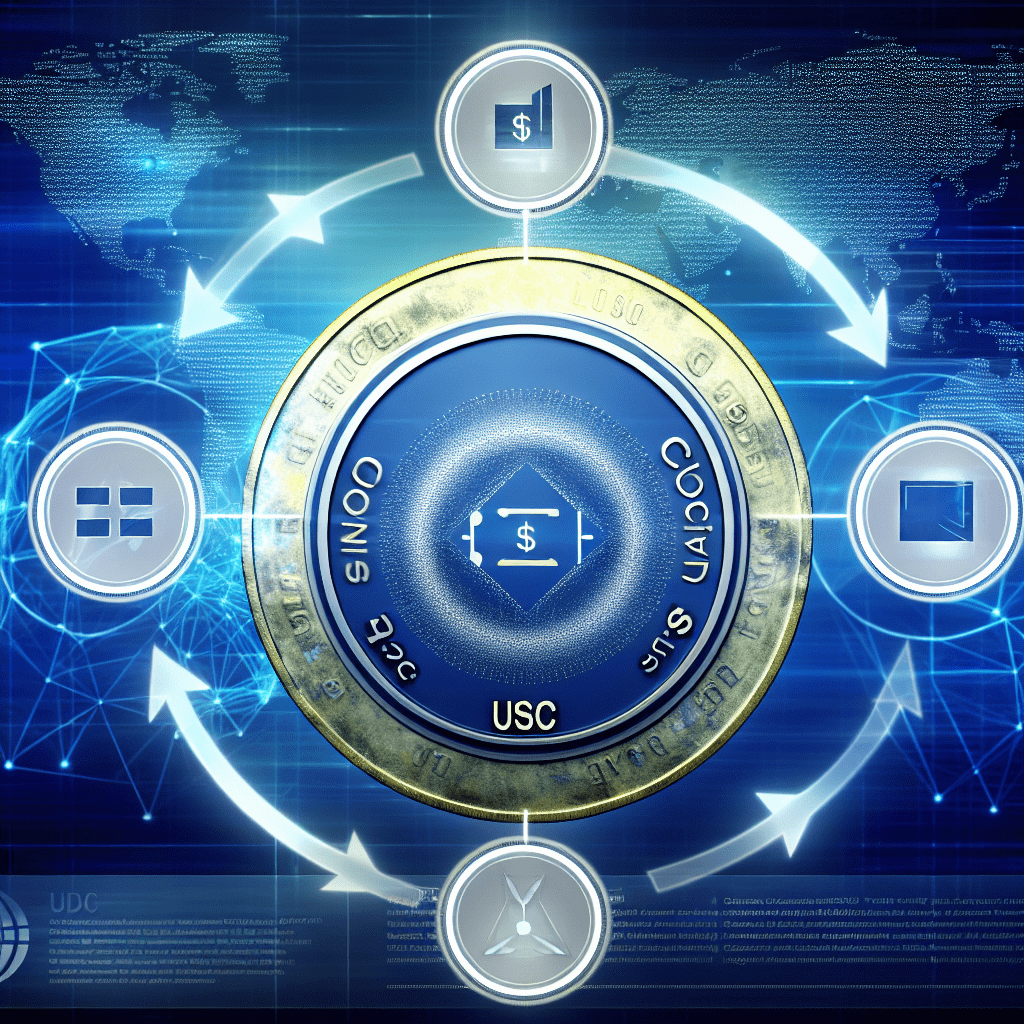Circle has announced two new partnerships aimed at integrating stablecoin settlements into mainstream finance. Collaborations with Mastercard and Finastra are set to enhance the role of USD Coin for merchants and banks globally.
Mastercard announced on Wednesday that it will allow acquirers and merchants in Eastern Europe, the Middle East, and Africa (EEMEA) to settle transactions using USDC (USDC) and Euro Coin (EURC). Arab Financial Services and Eazy Financial Services are the initial users of this service, marking the first stablecoin settlement accessible through Mastercard in the region.
Finastra, a financial software provider based in London, also revealed on Wednesday that it will integrate USDC into its Global PAYplus platform, which reportedly handles over $5 trillion in cross-border transactions daily.
The company states that this integration will enable banks in 50 countries to complete international payments in USDC, even if the payment instructions are still in fiat currency.
Related: Circle aims to introduce First National Digital Currency Bank: Here’s what it could provide
Circle aims for global adoption
Circle’s USDC has been broadening its partnerships following the enactment of the GENIUS Act in the U.S. Congress. This legislation, which became law in July, established the first federal framework for stablecoins in the United States.
On July 31, Circle revealed a partnership with OKX, one of the largest crypto exchanges worldwide, with a robust presence in Asia, the Middle East, and Europe. This agreement introduced zero-fee USDC conversions to U.S. dollars, widening the stablecoin’s appeal and liquidity in major international markets.
In August, Circle shifted its focus to Asia, where executives engaged with the CEOs of South Korea’s four major banks — KB Kookmin, Shinhan, Hana, and Woori — to discuss on-chain integrations and the possible issuance of a won-backed stablecoin.
The company also partnered with SBI Group, Ripple, and Startale in a joint initiative to boost USDC adoption in Japan and establish a tokenized asset trading platform for real-world assets.
Magazine: 10 crypto theories that missed as badly as ‘Peter Todd is Satoshi’

